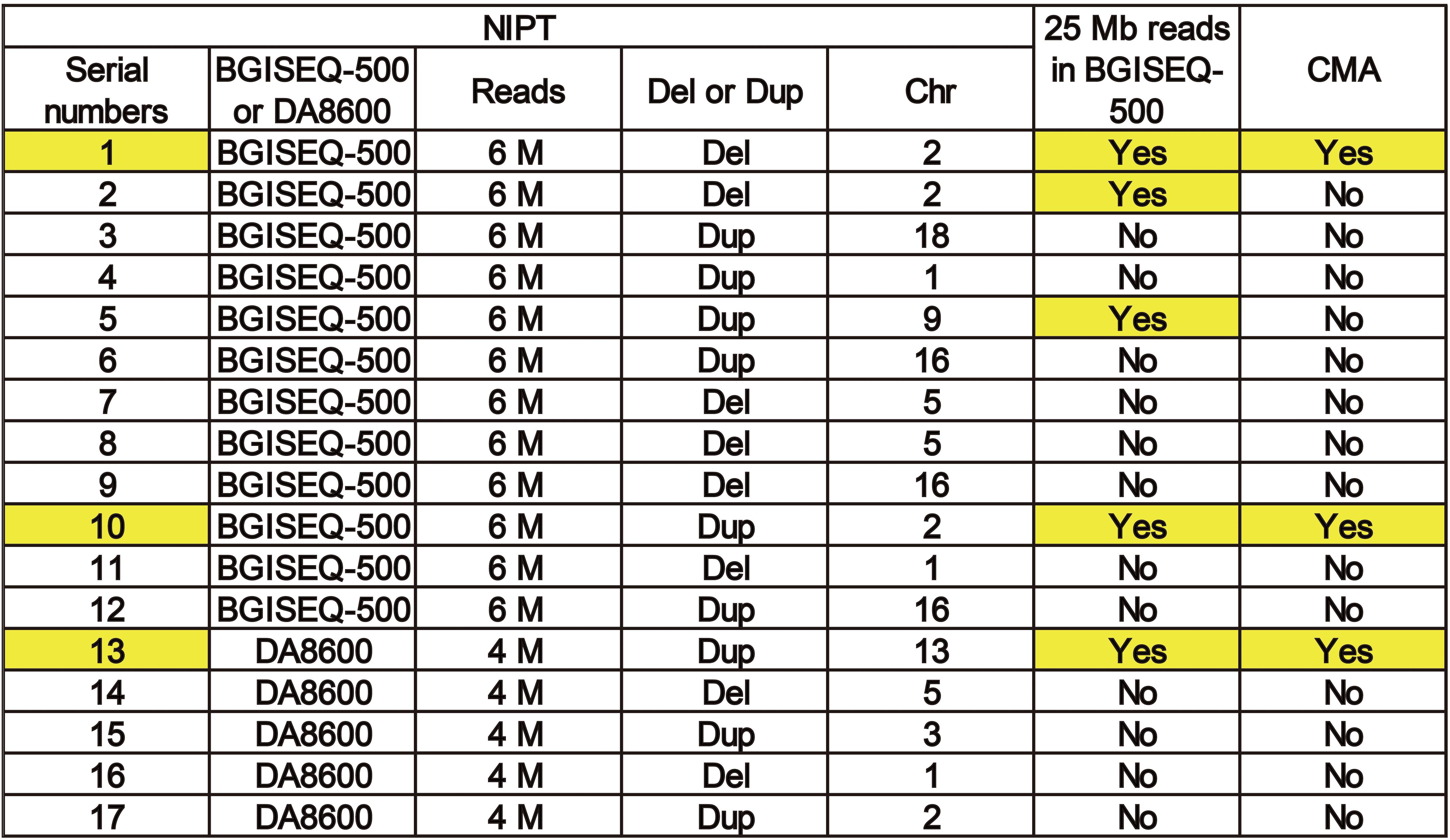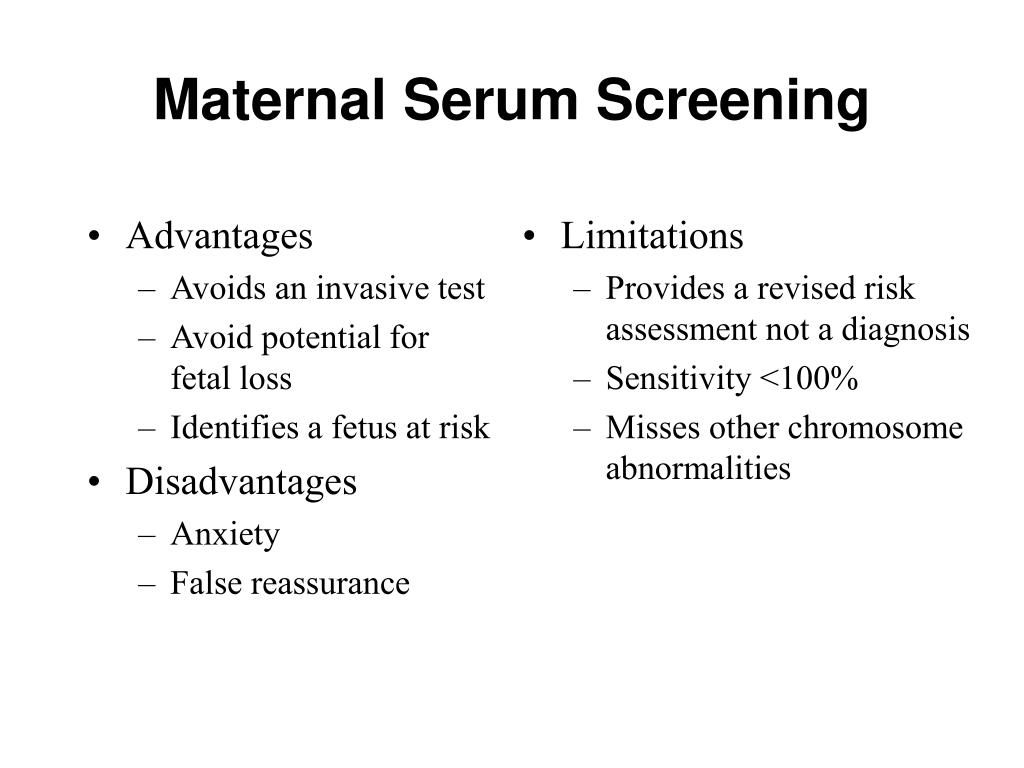
How accurate is the nuchal translucency test? Most screen-positive babies turn out not to have a problem: Only about a third of babies with an increased nuchal translucency measurement turn out to have chromosomal defects. Likewise, an abnormal screening result (screen positive) doesn't mean that your baby has a chromosomal problem – just that your baby is more likely to have one. Remember that a normal screening result (screen negative) isn't a guarantee that your baby has normal chromosomes, but it does suggest that a problem is unlikely. A ratio of 1 in 100 would be considered abnormal because that risk is higher than 1 in 250.

So a result of 1 in 1,200 would be considered normal because the risk that there's a problem is lower than 1 in 250. For example, some tests use a cutoff of 1 in 250. You may also be told that your results are "normal" or "abnormal" for a particular condition, depending on whether the ratio is below or above a specified cutoff. You may get the results right away, or you may have to wait up to 10 days if the doctor has to send the data to a processing center. In general, the thicker the nuchal translucency at a given gestational age, the higher the chance of a chromosomal problem. They've also calculated the statistical relationship between this measurement, the baby's age, the mother's age, and the likelihood that the baby will be born with certain abnormalities. For example, your likelihood of carrying a baby with Down syndrome ranges from approximately 1 in 1,200 at age 25 to 1 in 100 at age 40.īecause a baby's nuchal translucency normally gets a bit thicker with each day of gestation, researchers have been able to establish how large the translucent area should be each day during the three weeks the screening can be performed. Your age is factored in because although anyone can have a baby with a chromosomal abnormality, the risk increases as you age. Your baby's chances of having a chromosomal abnormality are determined by the nuchal translucency measurement, your age, your baby's gestational age, and the blood test results. Then the sonographer positions the sensor, called the transducer, over your abdomen so that your baby's nuchal translucency shows up on the monitor and measures the thickness of it on the screen with calipers. The sonographer first confirms your baby's gestational age by measuring them from crown to rump to see whether they're about the size they should be for their age. How is the nuchal translucency test done?

If your baby has a structural defect, they'll need to be monitored with regular ultrasounds and delivered at a medical center equipped to handle the condition. If your baby's nuchal translucency measurement indicates that they are at increased risk for structural defects, you'll be given a special ultrasound (also called an advanced level or level II ultrasound) and a special test called a fetal echocardiogram, both in the second trimester. Some structural problems, such as heart, abdominal wall, and skeletal defects.


 0 kommentar(er)
0 kommentar(er)
